Hi All
I have finally got around to making a lathe spider, rather than using rags or pieces of wood jammed into the back of the headstock spindle to stop long pieces of material flailing around.
I wanted it to be quick and easy to install and remove. So based the locking method on my lathe spindle backstop. Link to backstop:Quick to load and set lathe spindle back stop.
Both the main body and the locking wedge are made from mild steel off cuts held with a M6 countersunk screw loctite in position. To jack the wedge a M6 grub screw is used. To ensure a good slide fit in the spindle, both pieces are machined together.
The spider is fitted with 4 standard M8 brass screws turned down to 45 degrees at the end to enable small diameters to be supported.
I wish I had made one years ago but it is one of those jobs that you will one day get around to. But now I have it there is no more making do with rags and wood etc that you never know if they are going to stay in place.
The following photos show some of the spider being made and in the headstock spindle:
both body and wedge being machined together.
machined to diameter
Taken apart to clarify design.
Grub screw used to expand wedge.
Finished ready to install.
Fitted to head stock spindle
Supporting 1/4 diameter aluminium tube
I hope this will be of interest and thank you for viewing
The Home Engineer


 LinkBack URL
LinkBack URL About LinkBacks
About LinkBacks

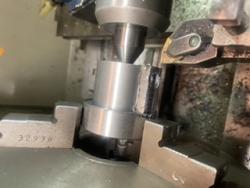
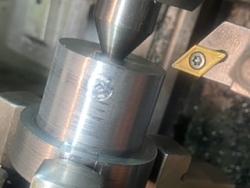
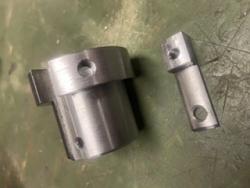
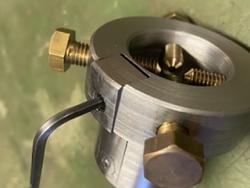
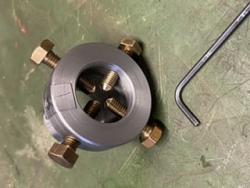
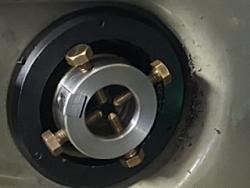
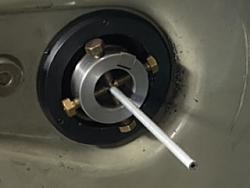


 Reply With Quote
Reply With Quote

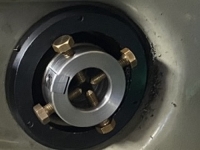



Bookmarks